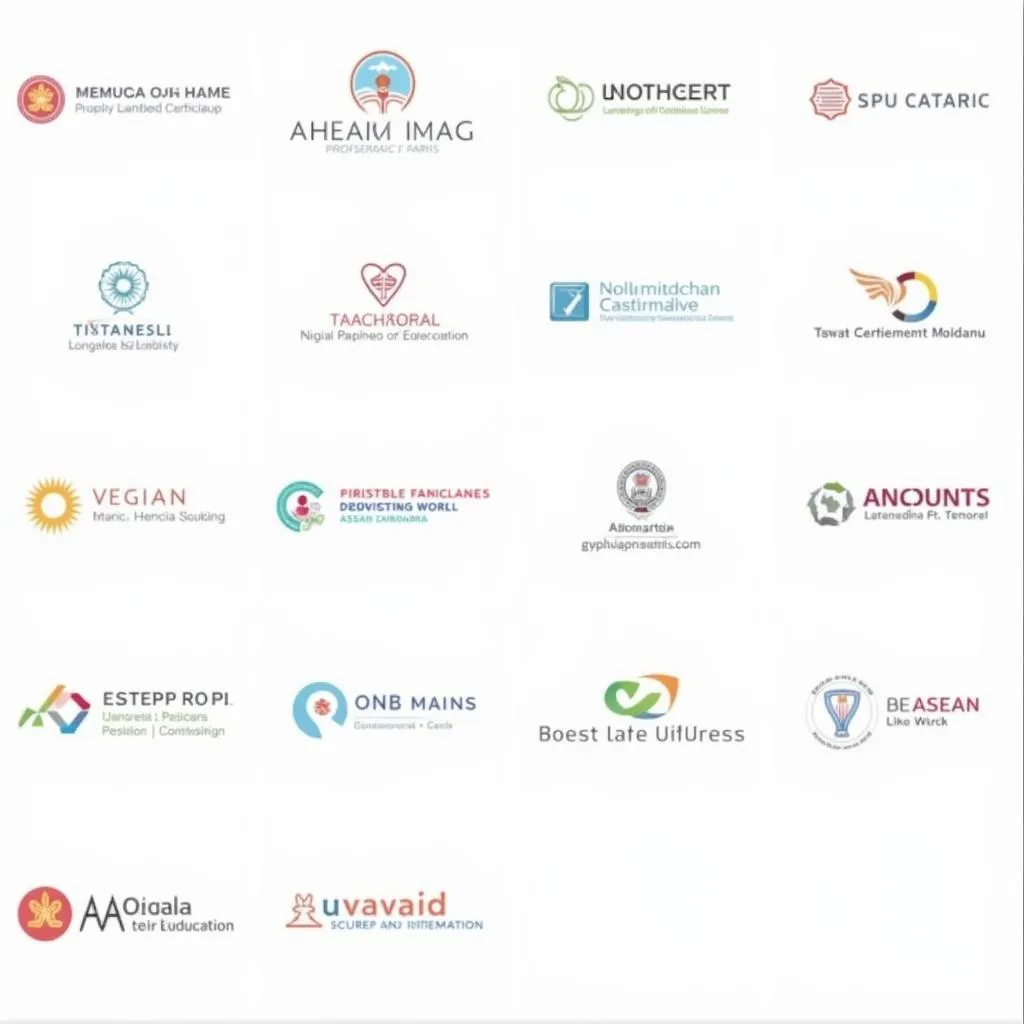The ASEAN T5 initiative, launched in 2018, signifies a pivotal step towards realizing a single, integrated ASEAN market. By streamlining customs procedures and promoting transparency, ASEAN T5 aims to facilitate smoother and faster cross-border trade within the region. This article delves into the intricacies of ASEAN T5, exploring its implications for businesses and highlighting its role in fostering economic growth within the ASEAN bloc.
What is ASEAN T5?
ASEAN T5 refers to the five original signatory countries of the ASEAN Single Window (ASW) agreement: Indonesia, Malaysia, Singapore, Thailand, and Vietnam. These nations pioneered the implementation of the ASW, a digital platform designed to expedite cargo clearance processes by enabling the electronic exchange of trade documents among ASEAN member states.
The Objectives of ASEAN T5
The ASEAN T5 initiative aims to:
- Simplify customs procedures: By harmonizing customs regulations and procedures across the five participating countries, ASEAN T5 reduces bureaucratic hurdles and facilitates smoother cross-border trade.
- Enhance transparency: The electronic exchange of trade documents via the ASW promotes transparency and accountability, reducing opportunities for corruption and delays.
- Reduce costs: Streamlined customs procedures and reduced processing times translate into lower transaction costs for businesses engaged in cross-border trade.
- Boost competitiveness: By improving the efficiency of cross-border trade, ASEAN T5 strengthens the competitiveness of ASEAN businesses in the global marketplace.
Benefits for Businesses
The implementation of ASEAN T5 offers numerous advantages for businesses operating within the region:
- Faster customs clearance: Electronic submission and processing of trade documents lead to significantly faster cargo clearance times, reducing storage costs and improving delivery times.
- Reduced paperwork: The ASW eliminates the need for physical copies of trade documents, reducing administrative burdens and the risk of errors.
- Improved predictability: Harmonized customs regulations and transparent processes provide businesses with greater certainty and predictability, facilitating better planning and inventory management.
- Enhanced market access: ASEAN T5 fosters a more integrated ASEAN market, providing businesses with greater opportunities to expand their reach and tap into new customer bases.
Challenges and Opportunities
While ASEAN T5 represents a significant stride towards regional economic integration, certain challenges remain:
- Harmonization of regulations: While progress has been made, some differences in customs regulations and procedures persist among ASEAN member states.
- Technological infrastructure: Ensuring that all participating countries have the necessary technological infrastructure to support the ASW remains an ongoing effort.
- Capacity building: Training customs officials and businesses on the effective utilization of the ASW platform is crucial for successful implementation.
Despite these challenges, ASEAN T5 presents significant opportunities for the region:
- Increased intra-ASEAN trade: By simplifying cross-border trade, ASEAN T5 is expected to boost trade volume among member states, fostering economic growth.
- Attracting foreign investment: A more integrated and efficient ASEAN market is likely to attract greater foreign direct investment, creating new jobs and stimulating economic activity.
- Strengthening ASEAN’s position in global trade: By enhancing its trade competitiveness, ASEAN is better positioned to negotiate favorable trade agreements with other countries and regions.
ASEAN T5 and the Future of ASEAN Integration
ASEAN T5 serves as a cornerstone of ASEAN’s broader economic integration agenda. By streamlining customs procedures and promoting transparency, the initiative paves the way for the realization of a single, integrated ASEAN market. This, in turn, promises to unlock immense economic potential for the region, fostering growth, creating jobs, and improving the lives of ASEAN citizens.
Frequently Asked Questions
1. What is the difference between ASEAN T5 and ASW?
ASEAN T5 refers to the five original signatory countries of the ASEAN Single Window (ASW) agreement: Indonesia, Malaysia, Singapore, Thailand, and Vietnam. ASW is the digital platform used to facilitate the electronic exchange of trade documents.
2. How has ASEAN T5 impacted trade within the region?
While still in its early stages, ASEAN T5 has already shown positive results, including faster cargo clearance times, reduced paperwork, and increased transparency in customs procedures.
3. What are the future plans for expanding ASEAN T5?
The goal is to eventually include all 10 ASEAN member states in the ASEAN Single Window, further streamlining trade and promoting economic integration across the region.
4. How can businesses benefit from the implementation of ASEAN T5?
Businesses can expect to benefit from reduced costs, faster delivery times, improved predictability in cross-border transactions, and enhanced market access within the ASEAN region.
5. What role does technology play in the success of ASEAN T5?
Technology is crucial for the effective implementation of the ASEAN Single Window, enabling the secure and efficient electronic exchange of trade documents among participating countries.
Need Assistance?
Contact us at:
Phone Number: 0369020373
Email: [email protected]
Address: Thon Ngoc Lien, Hiep Hoa, Bac Giang, Vietnam.
Our dedicated customer support team is available 24/7 to assist you.

